READY TO GET STARTED?
REQUEST A FREE ESTIMATE
Fill out the form below or call (888) 466-7849 for a free, no-obligation estimate.
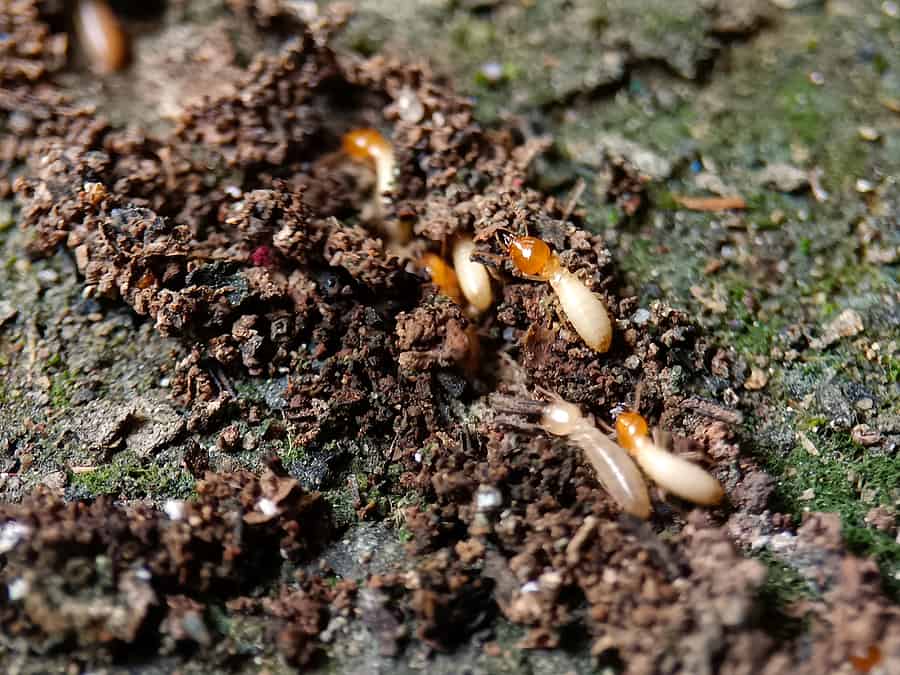
Georgia is known for its beautiful landscapes, warm weather, and vibrant communities. Unfortunately, it’s also known for its thriving termite populations. Termites can be a homeowner’s worst nightmare, causing extensive and costly damage to your property. In this blog post, we’ll explore why termite treatment is a necessity for your Georgia home, discussing the types of termites found in the state, signs of termites, how to spot termite damage, and crucial tips to prevent and eliminate these destructive pests from your yard.
Georgia is home to several termite species, but the most common ones that homeowners encounter include Eastern Subterranean Termites and Formosan Termites. These voracious pests feed on wood, paper, and cellulose materials, posing a significant threat to your home’s structural integrity.
Termite damage can be difficult to detect until it’s severe. To identify termite damage, look for the following:
Protecting your Georgia home from termite damage is essential, and timely termite treatment is crucial in this battle. If you suspect or have confirmed termite activity in your home, don’t hesitate to seek professional assistance. Request a free termite control quote from our experienced team. We have the expertise and local knowledge to help you safeguard your home from these destructive pests.
Don’t wait until termites cause extensive damage to your property. Contact your local pest control company today for a free termite control quote and take the first step in defending your Georgia home against these silent invaders. Your peace of mind is just a call away!
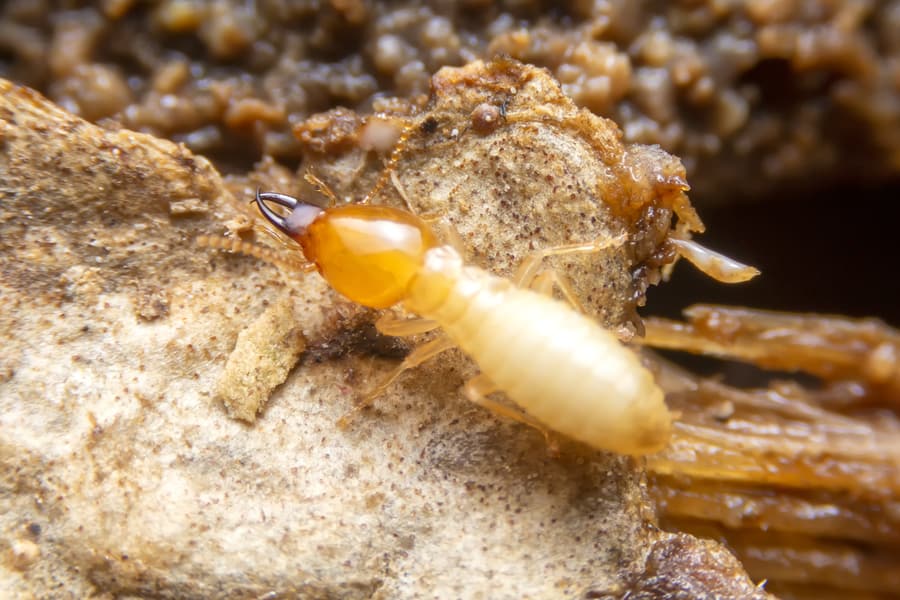
Subterranean termites eat wood from the inside out, often hiding and going undetected until severe damage is done. These termites will often infest homes by entering through stucco, slab foundation, and other hidden areas with access to the structure. The best way to prevent these termites is to understand their signs of infestation so you can begin to eliminate them early before the infestation gets out of hand.
Here are 5 signs of subterranean termites in homes:
If you notice any of the above signs in your Florida home, it’s best to contact your local termite control company as soon as possible. These professionals will thoroughly inspect your home, provide you with a termite treatment plan for the existing termite colony, and recommend the best prevention plan moving forward to avoid another infestation.
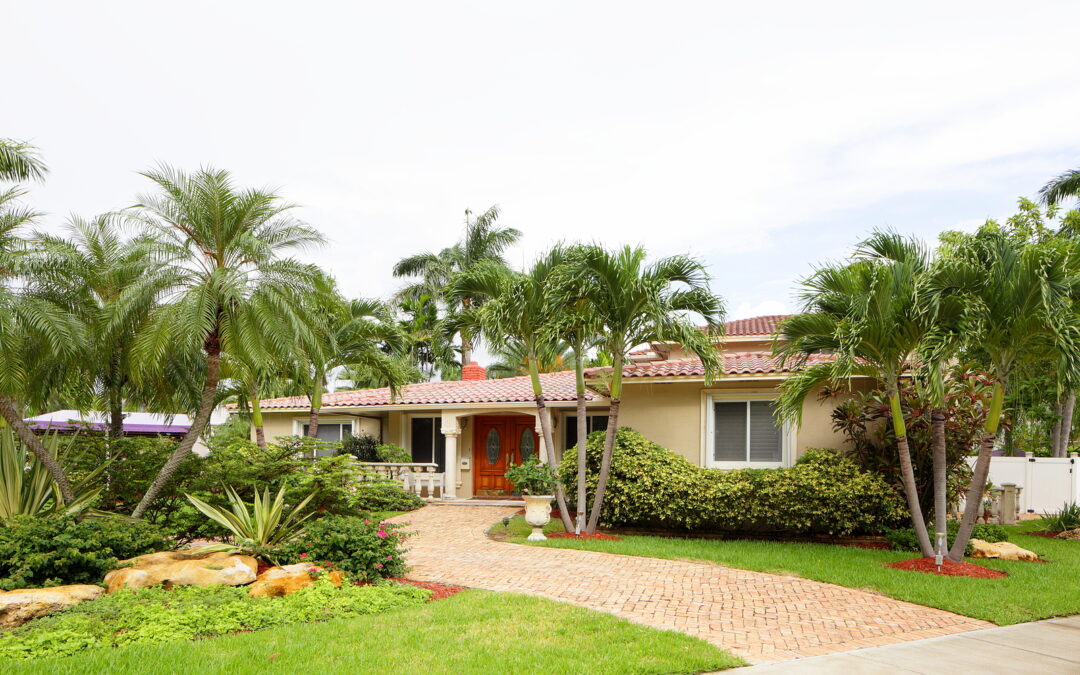
Once termites have infested your Florida home, it’s hard to stop their damage. Both drywood and subterranean termites can wreak havoc, often going undetected for long periods of time, with repairs costing thousands of dollars. The best way to avoid termite damage is investing in termite control. Check out some termite control options for your Oakland Park home.
Bait stations, including the Sentricon Always Active Station, are installed by a pest professional and placed at the perimeter of your home to eliminate subterranean termites. The bait stations provide termites with a food source, which contains a slow-acting termiticide treatment that termites will take back to their colony, eventually eliminating it. A bait station is great to utilize where surface treatments cannot be used, including near foundation drains and areas covered by slabs or flooring. This option is a long-termite preventative solution to avoid termite infestations.
Liquid termite treatments are a great way to combat subterranean termites and their colonies. This treatment option is a great way to prevent termites from invading your home. The treatment requires a pest control company to dig a trench around the perimeter of your foundation. Once the trench is dug, a termiticide is injected in the proper intervals. The treatment utilized isn’t instant to give enough time for termites to bring it back to the queen and ultimately eliminate the entire colony at hand.
The no-tent termite treatment option is best used when drywood termites have infested your home. This option is a great alternative to tent fumigation when you’re not able to vacate the home for treatment. A no-tent termite solution utilizes a non-repellent product into drywood termite galleries to eliminate the termites found in your home. The treatment is slow acting to allow the termites who have come in contact with the product to take it back to the queen and colony to eliminate it.
Dealing with a termite infestation is less than ideal so it’s important to understand preventative measures that you can keep in mind and place throughout your home to avoid their infestation.
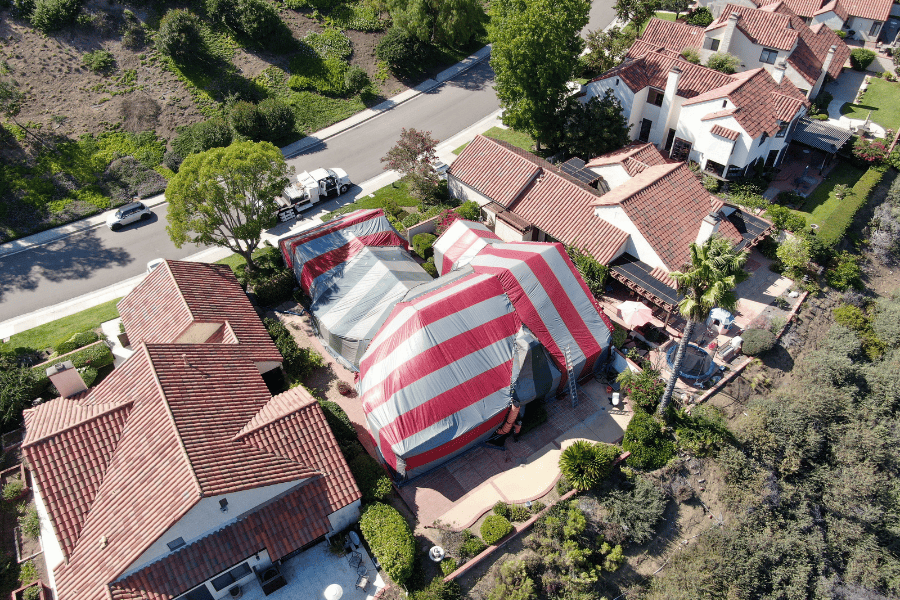
Florida is notorious for its termite problem, and drywood termites are a common termite species found in homes. These pests can cause considerable damage to our homes, leading to costly repairs. It’s important for homeowners to understand the methods of preventing termites from invading their homes. Check out common tips Florida homeowners can utilize to prevent a drywood termite infestation.
Drywood termites are extremely small, typically ranging from 3/8 in length, but termite soldiers and workers can be even smaller. These pests can easily enter your home through the tiniest crack or gap. It’s important to inspect your home for any openings, including around doors and windows, and even the areas around your utility pipes. Make sure to seal them up with caulk or another appropriate sealant as soon as possible. For areas in your home that must be left open, consider using mesh screens to cover them.
Drywood termites can easily infest lumber, firewood, and wood furniture. Before bringing any of these items inside your home, it’s essential to inspect them first. Drywood termites will also infest furniture, including old pieces of antique furniture and built-in cabinets utilizing second-hand furniture.
Swarmers, or flying termites, are attracted to light sources, making it essential to eliminate them, especially at night. Particularly, drywood termite swarms like to surround light bulbs and lamps during their flight. At night, look to minimize light sources by turning them off and keeping your windows and curtains closed to avoid attracting them. Consider replacing the porch and floor lights with insect-resistant yellow bulbs to help repel them or motion sensor lighting around your home.
Regular inspections can help you catch any signs of a drywood termite infestation early, so it’s important to recognize their signs. Inspect your home for small holes in wood, piles of droppings, or wings shed by the termites. If you notice any of these signs, it’s best to call a professional for help immediately.
Sometimes, the best way to prevent a drywood termite infestation is to consider hiring your local professional pest control company to inspect your home regularly, treat any existing infestations, and provide a prevention plan to avoid a future infestation. These professionals will have the knowledge, experience, and tools necessary to detect and eliminate these pests effectively.
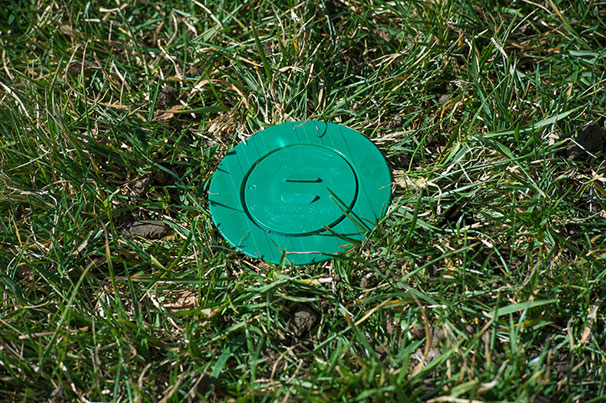
Living in South Florida can come with many perks, including lots of sunshine and beautiful ocean views. Unfortunately, it can also come with termites! These silent destroyers can cause significant damage to your home from the inside out. There are several treatment options out there to help keep termites under control, including the Sentricon Always Active® system. Here is more information on subterranean termites, along with ways to prevent and eliminate them.
Let’s talk about these stealthy troublemakers! Subterranean termites are the most common type of termite found in residential areas. They thrive in moist soil and create underground colonies, where they build intricate tunnel systems to access sources of food. Their damage can go unseen for years, hence the nickname, Silent Destroyers.
When it comes to termite control for subterranean termites, Sentricon Always Active® baiting system stands out as a highly effective and eco-friendly solution. The stations are strategically placed around your property, forming a protective barrier.
Once termites find the bait, they take it back to their colony for complete elimination. Having Sentricon Always Active® installed for your home ensures continuous protection against subterranean termites, year-round. Our team of experts regularly monitor the bait systems, keeping the efficacy as accurate as possible.
By implementing simple prevention measures you can lessen the chances of these termites taking over. If you’re ready for the experts to get involved, give your local pest control company a call today for a FREE inspection!